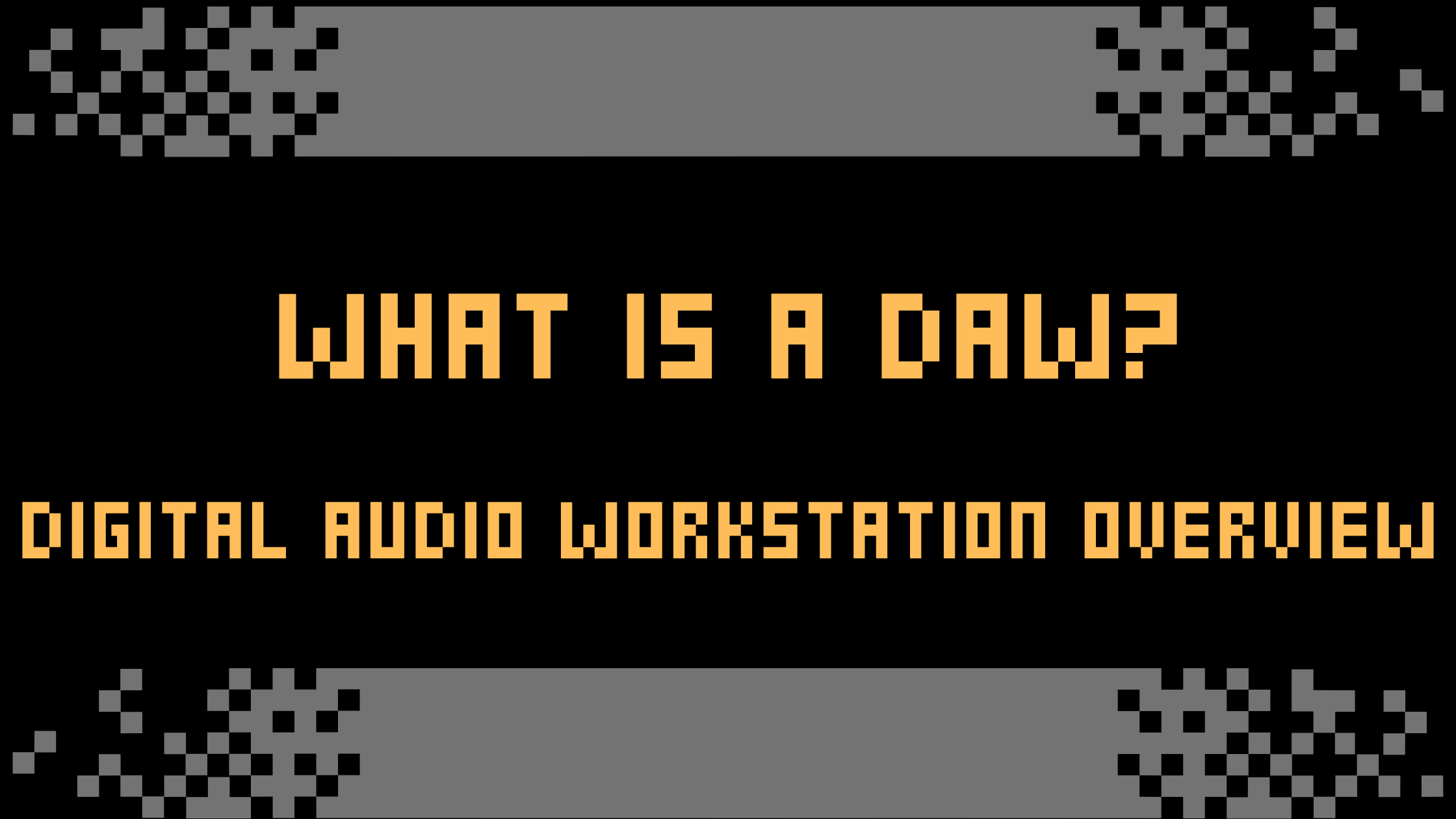Digital Audio Workstation is an audio editor or software that produces music and other audio digital-based projects. The software allows you to invent, arrange and edit various layers of audio. It ensures you easily import music from any device recorded from a musical instrument or microphone connected to a computer.
You can even import audios that have been created from an MI-DI instrument. One can do many things musically when a digital audio workstation is on board. Let’s discuss some of its functions, plus the top five popular DAW in 2022.
How Does Digital Audio Workstation Work?
DAWs are game changers as far as music production is concerned. It works by changing analog audio which arrives at an external interface. The audio interface can easily be converted into a sequence that you can process over the computer.
This audio interface will appear on the computer as a sonic waveform, which is bars that represent the MI-DI commands. They can also appear as music notation. One can easily manipulate this sound by interacting with the data on the screen,
What can DAWs do for you? There are various functions that the device accomplishes. Let’s look at some of them.
What Are the Functions Their Main Functions?
As stated earlier, there’s much you can do musically with this software. It quickly improves your sound plus allows you to create authentic music. Here are some of them.
Recording and Editing Audios
One thing you’ll successfully do on DAWs is record and edit audios. It has an audio sequencer that allows you to put layers of audio quickly and then play them simultaneously. You can cut and paste audio the same way you’ll do text in a word processing program.
Music tones are muted and cross-faded into each other. Another unique thing you can do during the editing process is you can run back the digital files and play them as analog audio through a speaker or headphones.
Playing Virtual Musical Instruments
You can easily scale and control virtual instruments with the MI-DI command features on the DAWs. Composers can replicate the sounds of acoustic instruments like guitar, drum sets, violin, piano, bass, and clarinet, among other instruments.
Typically, you’ll control all these instruments with an external MI-DI sequencer keyboard. Moreover, you have other synths that don’t really replicate the sound and are also controlled by the MI-DI sequencer.
Play Around with Audio Effects
Musicians have an opportunity to experiment with a variety of processing effects on their digital files. The audio effects feature tremolo, reverb, compression, delay, EQ, and an echo. You can also incorporate third-party VST plugins to use specific audio effects.
Another unique feature regarding DAWs effects is that you can create custom automations to have features like panning effects, volume fades, and other features.
Mixing and Mastering Tracks
Composers can take music that someone produces, then import them into the digital audio workstation. At this point, they can mix the track with other sounds and finally add some burnishing effects to generate a whole new song.
Music Designing and Non-Musical Audios
Lastly, the DAW will assist you in creating other non-musical audio. Designers, audio editors, ADR engineers, and voice-over artists use the same DAW program to create various audios.
Eight Popular Types of Digital Audio Workstations
There are many types of DAWs on the market; let’s look at the popular ones making waves in the music industry.
Avid Pro Tools
The Avid Pro Tool has been the number choice for DAWs when musicians want to create high-fidelity sound. Its features have gradually been changing. The most recent features include MI-DI functionality; however, the Pro Tool is a household name through its audio recording, editing, and sequencing.
Ableton Live
It’s a popular digital audio workstation that has made a mark in the Hip Hop and electronic music industry. The workstation offers a unique workflow that allows you to create drum loops, plus other features. You’ll be able to adjust beats as desired.
Image-Line FL Studio
This DAW was previously known as Fruity Loops. It has many functions, but it’s undoubtedly a fun favorite for electronic dance music producers. If you base your composition on pre-recorded loops or drum audio, these DAWs are a suitable option.
Apple Pro Logic
The Logic digital audio workstation was invented in Germany and bought by Apple in 2002. It’s an all-around workstation that works excellently in the recording, live drum looping, and MI-DI. This DAW is designed explicitly for the Mac OS, therefore can’t function with the windows operating system.
Garage Band DAWs
The garage band is a stripped version of the Logic digital audio workstation. You can acquire them cheaply, as they’re just a fraction of the Logic Pro. It, therefore, serves as a good entry point for new producers. Like the Logic Pro, it only works with Mac OS operating systems.
There are many types of DAWs on the market; let’s look at the popular ones making waves in the music industry.
Stein Berg Cubase Pro
This is yet another all-around DAW known for its audio recording features and MIDI digital instruments. The digital audio workstation also handles virtual studio technology plugins and operates on both Mac OS and Windows systems.
MOTU Performer
The digital performer has a small demand, as it has users in the film scoring industry. It’s great for syncing audio and MI-DI into a motion picture. The MOTU performer has the same features as the Logic Pro and Avia Tools regarding sequencing.
Audacity DAWs
This type is more like a free open source that allows editing. It has fewer features than the paid versions. However, it’s compatible with various operating systems like Mac OS, Windows, Linux, and Unix Style.
Conclusion
DAWs have changed how producers and composers create sound. They have features that enable them to come up with authentic tones that carry songs to their entirety. Moreover, other professions can use the software to create non-musical audios for their work, using the same musical program. It has made music production a lot easier.


